What Is Command Chain
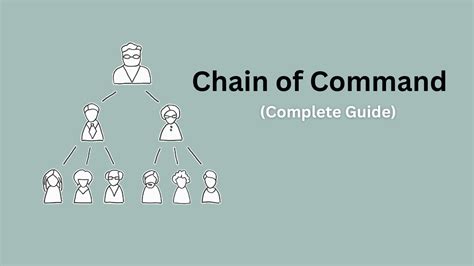
Understanding Command Chain: A Comprehensive Guide
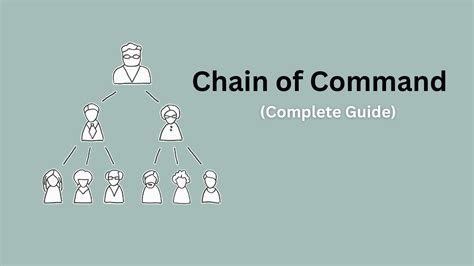
In the world of computing and software development, a command chain refers to a sequence of commands or instructions that are executed in a specific order to achieve a particular goal or outcome. This concept is widely used in various fields, including programming, scripting, and system administration. In this article, we will delve into the details of command chains, exploring what they are, how they work, and their applications.
What is a Command Chain?

A command chain is a series of commands or instructions that are linked together to perform a specific task or set of tasks. Each command in the chain is executed in a specific order, with the output of one command serving as the input for the next command. This allows for complex operations to be broken down into smaller, more manageable tasks, making it easier to automate and execute repetitive processes.
How Does a Command Chain Work?

A command chain works by executing each command in a sequential manner. The output of each command is piped to the next command in the chain, allowing for the processing of data in a linear fashion. This process continues until the final command in the chain is executed, producing the desired output.
Here is an example of a simple command chain:
command1 | command2 | command3
In this example, the output of command1 is piped to command2, which then pipes its output to command3. The final output is produced by command3.
Types of Command Chains

There are several types of command chains, including:
- Linear Command Chain: A linear command chain is the most common type, where each command is executed in a sequential manner.
- Branching Command Chain: A branching command chain allows for conditional execution of commands, based on the output of previous commands.
- Looping Command Chain: A looping command chain allows for repetitive execution of commands, based on a specific condition.
Applications of Command Chains
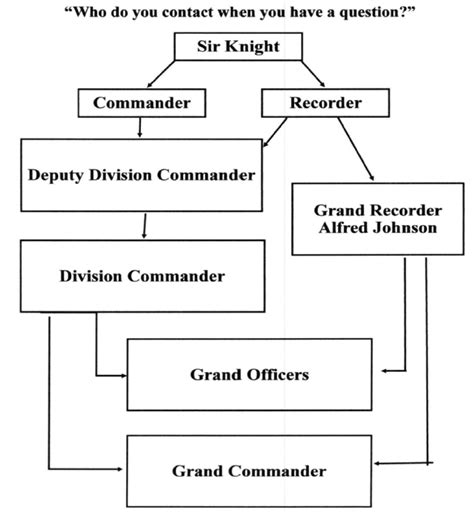
Command chains have a wide range of applications in various fields, including:
- System Administration: Command chains are widely used in system administration to automate repetitive tasks, such as backups, updates, and maintenance.
- Programming: Command chains are used in programming to automate build processes, testing, and deployment.
- Data Analysis: Command chains are used in data analysis to automate data processing, filtering, and visualization.
Advantages of Command Chains
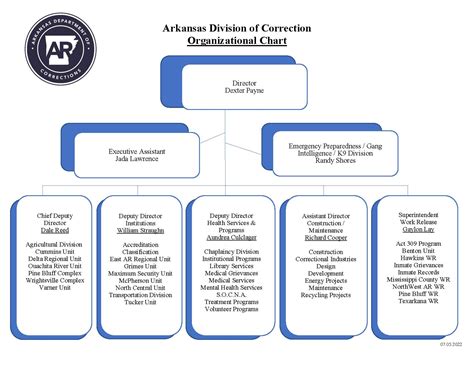
Command chains offer several advantages, including:
- Efficiency: Command chains can automate repetitive tasks, freeing up time for more complex tasks.
- Flexibility: Command chains can be easily modified and extended to accommodate changing requirements.
- Reusability: Command chains can be reused across different projects and environments.
Best Practices for Creating Command Chains
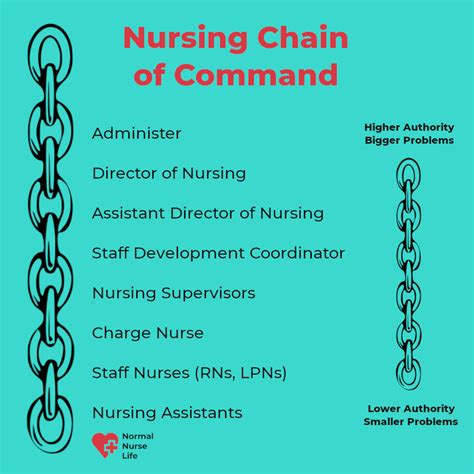
Here are some best practices for creating command chains:
- Keep it Simple: Keep the command chain as simple as possible, to avoid complexity and errors.
- Test Thoroughly: Test the command chain thoroughly, to ensure it works as expected.
- Document: Document the command chain, to make it easier to understand and maintain.
👍 Note: Command chains can be complex and error-prone, so it's essential to test and document them thoroughly.
What is a command chain?

+
A command chain is a sequence of commands or instructions that are executed in a specific order to achieve a particular goal or outcome.
How does a command chain work?

+
A command chain works by executing each command in a sequential manner, with the output of one command serving as the input for the next command.
What are the advantages of command chains?

+
Command chains offer several advantages, including efficiency, flexibility, and reusability.
In conclusion, command chains are a powerful tool for automating repetitive tasks and complex operations. By understanding how command chains work and following best practices, you can create efficient and effective command chains to streamline your workflows and improve productivity.



